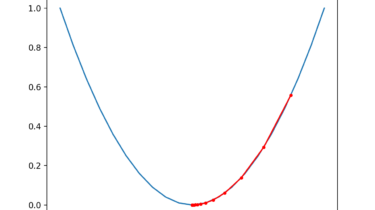Covariance and Correlation in Python
Introduction Working with variables in data analysis always drives the question: How are the variables dependent, linked, and varying against each other? Covariance and Correlation measures aid in establishing this. Covariance brings about the variation across variables. We use covariance to measure how much two variables change with each other. Correlation reveals the relation between the variables. We use correlation to determine how strongly linked two variables are to each other. In this article, we’ll learn how to calculate the […]
Read more
